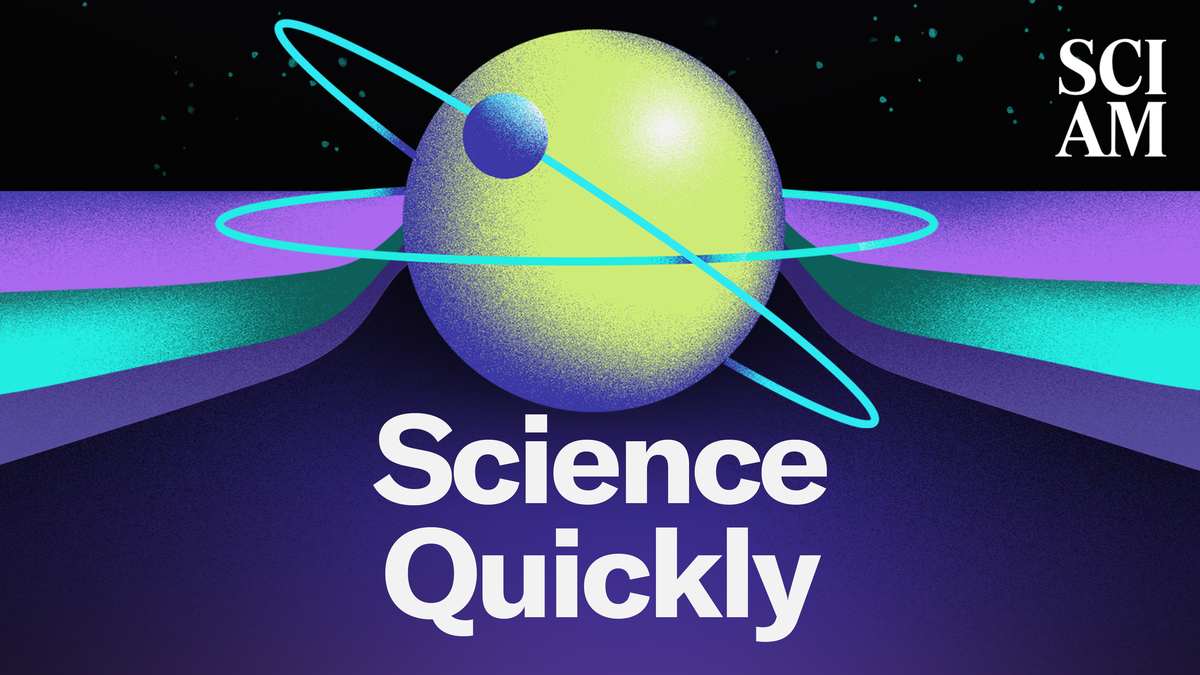
"According to new research, our galaxy, the Milky Way, has only about a 50/50 chance of colliding with the Andromeda galaxy within the next 10 billion years."
"Researchers analyzed data from the European Space Agency's Gaia telescope and NASA's Hubble, revealing that over the next 4 to 5 billion years, that collision chance drops to around 2%."
"Astronomers discovered a gas giant planet, TOI-6894b, orbiting a small red dwarf star, which poses challenges to the prevailing theory of planet formation."
"The surprising presence of TOI-6894b—a low-density gas giant larger than Saturn but less massive—questions our understanding of how planets are formed around smaller stars."
Recent findings suggest that the Milky Way's predicted collision with the Andromeda galaxy may not happen as expected. A study from Nature Astronomy indicates a mere 50% chance of a collision in 10 billion years, dropping to 2% in the next 5 billion years. Additionally, research has spotlighted TOI-6894, a red dwarf star with a surprising gas giant planet, TOI-6894b, orbiting it. This discovery challenges existing models of planet formation, as it was thought smaller stars couldn't form large planets due to their limited gas resources.
Read at www.scientificamerican.com
Unable to calculate read time
Collection
[
|
...
]